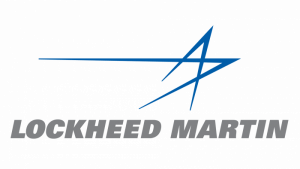Primary Functions
- Learn about alternative sources for wallboard other than gypsum to help prevent water pollution.
Detailed Description
Figures obtained from the National Energy Laboratory (NERL) U.S. Life Cycle Inventory Database report the number of BTUs expended per pound to manufacture gypsum board as 8196. This is taking into account only the natural gas that is used during the drying process of the manufacturing cycle. Besides this, gypsum causes a series of chemical and biological reactions when it is disposed of in landfills.
Gypsum partly dissolves in water. Then the leachate reaches ground water and increases the sulfate content, making the water unfit for drinking. It can also lead to odors caused by the H2S that is formed from the dissolved sulfate.
Scientists have found a number of alternatives that can act as effective substitutes. These materials consume less energy during manufacture, can be disposed of in landfills, and also have the added advantage of lighter weight, saving some of the energy used during transportation, which can further reduce the carbon footprint and make the alternative that much greener.
One of the most eco-friendly substitutes for gypsum is the use of agricultural by-products. Production processes that are proprietary are used to apply high heat and pressures to straw and other farming by-products. This heat and pressure causes the material to give up some of its resins that then act as a bonding agent between the fibers of the base material. This bonded material is then extruded in a dry form and coated on both sides with paperboard that has wet strength. The glue that is used to bond the paperboard to the extruded core is non-toxic, and no other preservatives or other additives are added. The entire process requires just 4 percent of the energy required to manufacture conventional gypsum board. The strength of such boards is also much higher than that of normal gypsum wallboard because of the fibrous bonded content of the core.





